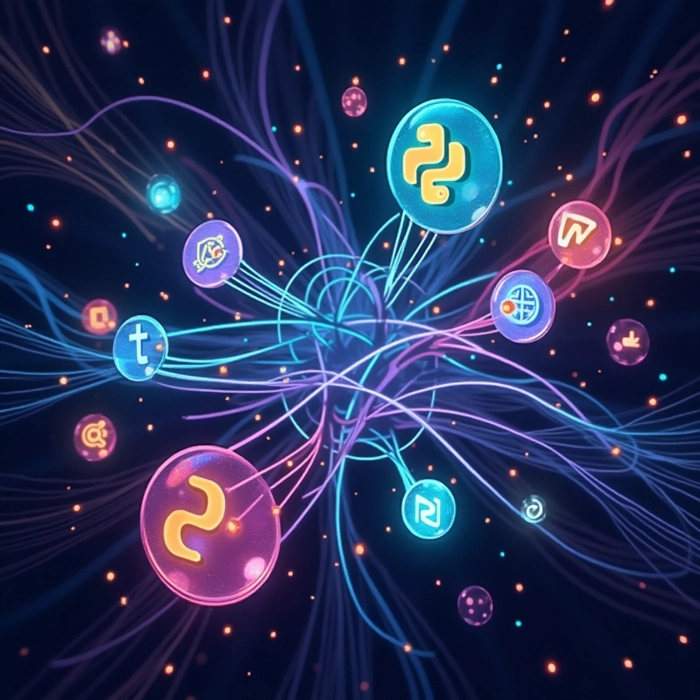Advancement in AI for generating 3D Modeling of 2D images

-
Introduction
-
The Evolution of AI in 3D Modeling
-
How AI Generates 3D Models from 2D Images
-
Applications of AI-Generated 3D Models
-
Challenges and Limitations
-
The Future of AI in 3D Modeling
-
Conclusion
Introduction
Recent developments in artificial intelligence (AI) have transformed the process of generating 3D models from 2D images. This cutting-edge technology has notably enhanced both the efficiency and precision of creating three-dimensional representations from flat images. AI's capability to analyze and interpret images has unlocked new opportunities across various sectors, including architecture, gaming, virtual reality, and beyond. In this blog article, we will examine the latest advancements in AI that facilitate 3D modeling from 2D images and their impact on the future of design and visualization.
The Evolution of AI in 3D Modeling
AI algorithms have made significant progress in recent years, particularly in the field of computer vision. By leveraging deep learning techniques, AI can now analyze and interpret images with exceptional accuracy. This advancement has paved the way for the development of AI-powered tools that can generate 3D models from 2D images.
How AI Generates 3D Models from 2D Images
AI algorithms use a combination of neural networks and machine learning to analyze the various elements in a 2D image and reconstruct them into a three-dimensional model. These algorithms can identify objects, shapes, textures, and lighting in the image, and use this information to create a realistic 3D representation.
Applications of AI-Generated 3D Models
The ability to generate 3D models from 2D images has opened up a wide range of applications across different industries. In architecture, AI-powered tools can quickly create 3D models of buildings and structures from 2D floor plans or sketches. In the gaming industry, AI can generate realistic 3D characters and environments from 2D concept art. Virtual reality and augmented reality experiences are also benefiting from AI-generated 3D models, creating immersive and interactive environments for users.
Challenges and Limitations
While AI has made significant strides in generating 3D models from 2D images, there are still challenges and limitations that need to be addressed. One of the main challenges is the accuracy of the generated models. AI algorithms may struggle with complex or ambiguous images, resulting in inaccuracies in the 3D model. Additionally, the computational resources required to train and run AI models for 3D modeling can be a limiting factor for some applications.
The Future of AI in 3D Modeling
Despite the challenges, the future of AI in 3D modeling looks promising. As AI algorithms continue to improve and evolve, we can expect even greater accuracy and efficiency in generating 3D models from 2D images. The integration of AI with other emerging technologies, such as augmented reality and virtual reality, will further enhance the capabilities of AI-generated 3D models. With ongoing research and development in this field, AI is set to revolutionize the way we create and visualize 3D models in the future.
Conclusion
In conclusion, advancements in AI for generating 3D modeling from 2D images have transformed the way we approach design and visualization. The ability of AI to analyze and interpret images with remarkable accuracy has opened up new possibilities in various industries, from architecture to gaming. While there are still challenges to overcome, the future of AI in 3D modeling looks promising, with the potential for even greater accuracy and efficiency in generating 3D models. As AI technology continues to evolve, we can expect to see further innovations that will reshape the future of design and visualization.
-
Introduction
-
The Evolution of AI in 3D Modeling
-
How AI Generates 3D Models from 2D Images
-
Applications of AI-Generated 3D Models
-
Challenges and Limitations
-
The Future of AI in 3D Modeling
-
Conclusion
